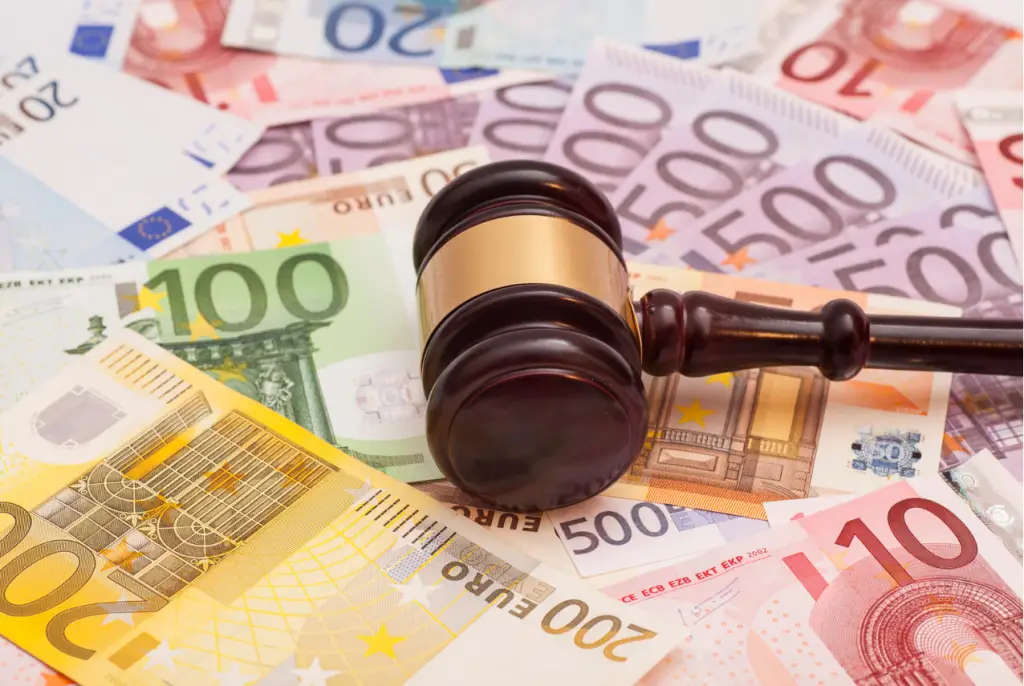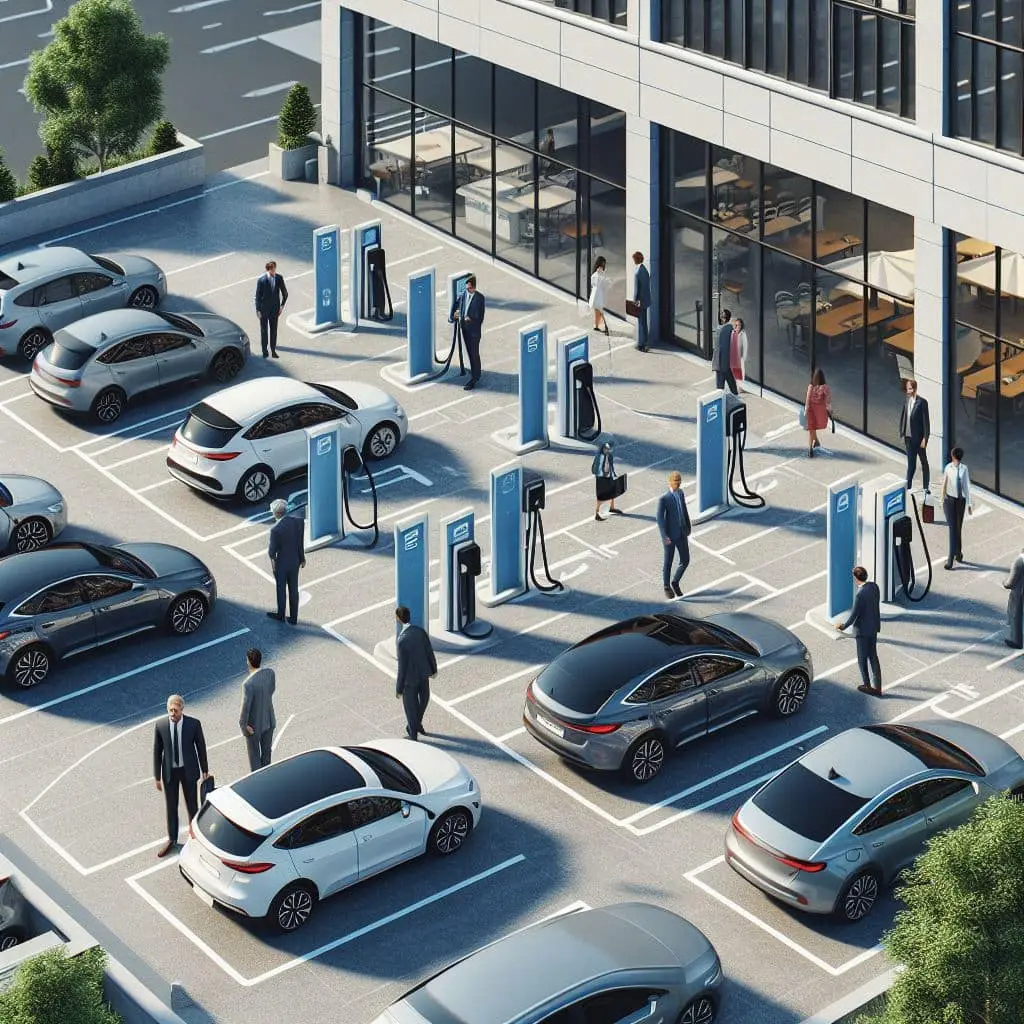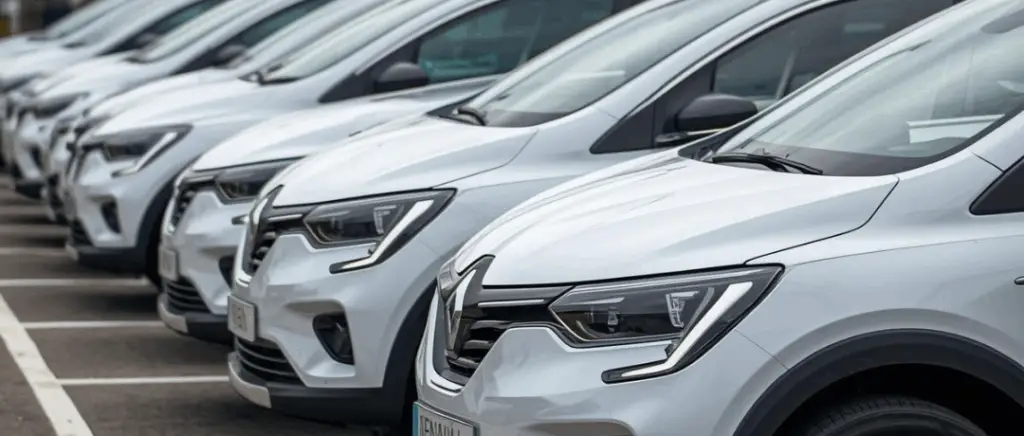84 % of French companies have already begun their energy transition: what does this figure reveal?
The figure of 84 % of French companies having already begun their energy transition by 2025 reveals a strong and widespread dynamic in the economic fabric in the face of climate and regulatory challenges. This high rate can be explained by several factors: the continuing rise in energy costs, increased regulatory pressure (notably via the national low-carbon strategy and the "Green Industry" law), and the growing demands of customers and partners in terms of environmental responsibility.
This movement is more than just a declaration of intent: it is reflected in concrete investments in energy efficiency, renewable energies, building renovation and the electrification of uses. For example, the energy transition market in France is expected to exceed €100 billion in sales by 2022, creating more than 400,000 jobs in 24 key sectors, including energy renovation, photovoltaics and heating networks. This transformation is also supported by major public initiatives, such as the France 2030 plan, which has earmarked €4.5 billion for decarbonising industry.
Lastly, this figure reflects a new strategic awareness: the energy transition is now seen as a lever for competitiveness and profitability, making it possible to reduce long-term costs, respond to the volatility of energy prices, and align with societal and regulatory expectations.
Electricity transition: an obligation or a strategic choice for companies?

The transition to electric vehicles is now both a regulatory obligation and a strategic choice for French businesses. From 1 January 2025, the French Law on Mobility (Loi d'Orientation des Mobilités - LOM) imposes new constraints: all companies with car parks of more than 20 spaces must equip at least 5 % of their spaces with charging points for electric vehicles, with a gradual increase in quotas for new or renovated buildings. Visit companies with more than 100 vehicles must electrify 40 % of their fleet by 2025There is a penalty of up to €2,000 per missing vehicle, rising to €5,000 by 2027.
But beyond this constraint, the electricity transition represents a real strategic lever. By anticipating these obligations, companies can benefit from subsidies (up to 50 % of installation costs via the Advenir programme), optimise their return on investment thanks to the lower running costs of electric vehicles, and strengthen their CSR image with customers and partners. Committing to electrification also means preparing for the extension of low-emission zones and the lowering of CO₂ emission thresholds, which will gradually restrict access to combustion-powered vehicles.
The electricity transition is no longer a simple option: it is imposed by law, but it also offers opportunities for competitiveness, innovation and attractiveness for companies that choose to go beyond the regulatory minimum.
What are the new regulatory obligations for companies in 2025?
LOM law: what quotas of electric vehicles should be imposed?
Since 1 January 2025, the French Law on Mobility (Loi d'Orientation des Mobilités - LOM) has imposed progressive quotas for low-emission vehicles when renewing company fleets. For private companies with more than 50 employees and a fleet of more than 100 light vehicles, at least 20 % of the vehicles renewed each year must be electric, rechargeable hybrid or hydrogen-powered. This quota will rise to 40 % from 2027, then to 70 % by 2030.
Companies that fail to comply with these obligations are liable to financial penalties of up to several thousand euros per missing vehicle. The aim of these regulations is to accelerate the decarbonisation of the company car fleet and encourage the transition to more sustainable mobility.
See also our article :
Charging points: what facilities are required in company car parks?
The LOM law also imposes strict requirements on the installation of charging points in company car parks. Since 2025, tAny company with a non-residential car park with more than 20 spaces must equip at least 5 % of its spaces with active charging points, i.e. one for every 20 spaces..
For new buildings or those undergoing major renovation, the pre-equipment must reach 20 % of spaces, in order to facilitate the future installation of charging stations. These obligations are accompanied by financial aid, notably via the Advenir programme, which can subsidise up to 50 % of the installation costs for infrastructures open to the public. By complying with these standards, businesses can meet the growing demand for electric mobility and reinforce their commitment to environmental responsibility.
See also our article :
End of free top-up for employees: what are the consequences?
The phasing out of free recharging for employees marks a turning point in the management of electrical infrastructure in companies. Until recently, many companies offered free charging as a benefit to encourage the adoption of electric vehicles. Now, faced with rising electricity costs and an increasing number of vehicles to charge, more and more employers are opting to charge their employees for all or part of the charging. This may make electric mobility less attractive to some employees, but it also encourages more responsible use of the infrastructure.
For companies, invoicing means better cost control, amortisation of investment in terminals and avoidance of abuse, while complying with tax regulations on benefits in kind.
How do you successfully install recharging points on your premises?
| Step | Detailed description |
|---|---|
| 1. Needs assessment | Carry out an audit of the vehicle fleet (number, type, frequency of use) and the existing electrical infrastructure (available power, state of the network). Identify uses (employees, visitors, public). |
| 2. Choice of equipment | Select the right terminals: reinforced sockets (3.7 to 7 kW), accelerated terminals (7.4 to 22 kW) or fast terminals (>50 kW) depending on the charging requirements and the type of vehicle. |
| 3. Feasibility study | Check the capacity of the electrical network, site safety, and plan any necessary upgrades (switchboards, power increases). Consider the layout and security of the sites. |
| 4. Installation by an IRVE-certified professional | Entrust installation, connection and commissioning to an IRVE-certified installer, guaranteeing compliance with standards and the safety of the installations. |
| 5. Commissioning and training | Testing the kiosks, configuring the management systems and training users (employees, fleet managers) in the use and supervision of the kiosks. |
| 6. Maintenance and monitoring | Put in place a maintenance contract to ensure the smooth operation, safety and durability of the terminals. Use connected systems to monitor consumption and detect faults. |
Are French companies ready for the electricity transition?
Why are 60 % of companies still not complying with the law?
In 2025, almost 60 % of French companies will still not be complying with the law on energy transition, in particular the quotas imposed by the Mobility Orientation Law (LOM) for the greening of car fleets. There are several reasons for this delay. Firstly, the complexity and cost of adaptation: renewing a fleet with 20 % of very low-emission vehicles represents a substantial investment, and not all companies yet have access to a range of very low-emission vehicles. electric cars adapted to their specific needs.
Secondly, the absence or weakness of penalties until 2025 has limited the incentive to comply quickly: until recently, companies risked little in the event of non-compliance, as the fines (€2,000 per missing vehicle in 2025, then €5,000 from 2027) were only effective from 2025-2026.
Finally, technical obstacles persist, such as the lack of recharging infrastructure, the difficulty of adapting business practices to electric vehicles, and internal change management. Despite these obstacles, the momentum is gathering pace: once they have committed, companies are seeing tangible benefits, and the widespread introduction of penalties should boost compliance over the next few years.
What support and schemes are available to help businesses make the transition to electricity?
By 2025, French businesses will have access to a wide range of support and schemes to help them make the transition to electricity. ADEME plays a key role with its "Tremplin pour la transition écologique" scheme, which enables SMEs to obtain rapid funding for studies, diagnostics and investments relating to decarbonisation, sustainable mobility and energy efficiency. Aid amounts can reach up to €200,000 per project, with an entry threshold of €5,000.
Bpifrance also offers the eco-energy loan, available from €10,000 to €500,000, repayable over 3 to 7 years, with the option of a grace period. This loan is designed to support the acquisition of efficient equipment and investments in energy optimisation in industry and the service sector.
For specific work, the Energy Savings Certificates (EEC) scheme provides a framework for obtaining private funding for energy improvement projects, such as the installation of charging stations or the renovation of buildings: the amount of aid varies according to the nature of the project and must be negotiated with energy suppliers.
With regard to the installation of charging points, the Advenir grant is still the main national subsidy. It covers up to 50 % of the pre-tax cost of supply and installation for companies in the automotive sector, with a ceiling of up to €7,500 per recharging point depending on the power installed. Certain regional or local grants can be combined with Advenir, provided that the maximum amounts are respected.
Finally, tax incentives, regional subsidies and support schemes (diagnostics, advice, training) complete the package, enabling businesses to embark on the electricity transition while controlling their investments and optimising their energy performance.
The electrification of fleets, an asset for CSR strategy and the employer brand?
L'electrification of fleets represents a major asset for the CSR strategy and employer brand of French companies in 2025. Integrating electric vehicles into its fleet makes it possible to significantly reduce direct CO₂ emissions (Scope 1), a criterion that is now central to CSR balance sheets and the extra-financial reporting required by the CSRD. This approach strengthens the company's environmental credibility with its customers, partners and investors, while meeting the growing expectations of stakeholders in terms of social responsibility.
In terms of employer branding, the electrification of fleets improves the company's image and attractiveness to talented employees, particularly the younger generation who are sensitive to environmental issues. Offering electric vehicles or recharging facilities in the workplace is seen as a tangible benefit, contributing to the well-being and loyalty of employees. Lastly, this transition also enables us to stand out from the crowd in public and private tenders, where CSR criteria are playing an increasingly important role in the selection of suppliers.
In this way, fleet electrification is no longer simply a response to a regulatory obligation, but a strategic lever for strengthening a company's competitiveness, reputation and social and environmental commitment.
Beev makes it easy for Recma to install its charging points
Conclusion: Comparative table of the best tools for efficiently managing an electric fleet
| Software | Key features | Major advantages | Ideal for |
|---|---|---|---|
| Beev Fleet Manager | Free tool, management of vehicles and recharging points, real-time monitoring, calendar, centralisation of documents | Suitable for small and large businesses, productivity gains, support for electrification | Companies of all sizes |
| WinFlotte 10 | Cloud solution, various modules (car-sharing, insurance, comparator, BI), energy monitoring, integrated management | Reduced TCO, improved CSR impact, flexibility | Fleets of all sizes |
| Phoenix | SaaS, catalogue management, automated fines, RGPD compliance, optimised TCO | Global vision of the fleet, correction of management errors | Demanding fleet managers |
| GAC Car Fleet | Supervision of 330,000+ vehicles, personalised alerts, centralisation of data, TCO analysis | Complete digital solution, risk management | Large fleets (>50 vehicles) |
| FleetWave | Full lifecycle management, claims/budget/fines management, customisation, global coverage | Comprehensive range of functions, internationalisation | Major international companies |
| Traxall Fleet Intelligence | Predictive cost analysis, energy transition module, multinational coverage, integrated AI | Anticipating needs, optimising the energy mix, international compliance | Multinational fleets |
| FleetGO | GPS tracking, tachograph analysis, European compliance, management of temperature-sensitive goods | Regulatory control, precise monitoring, flexibility | Mixed fleets, logistics |


































